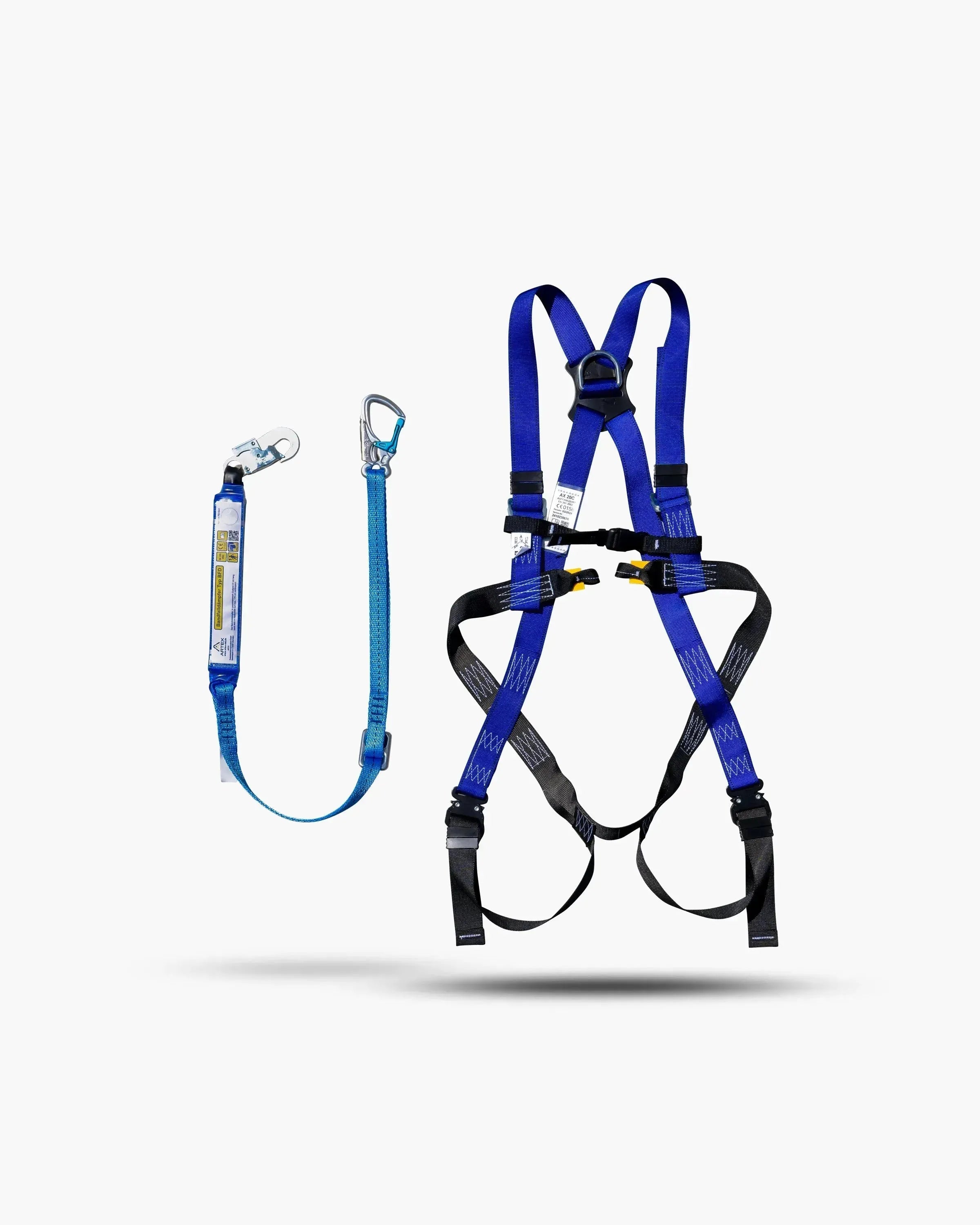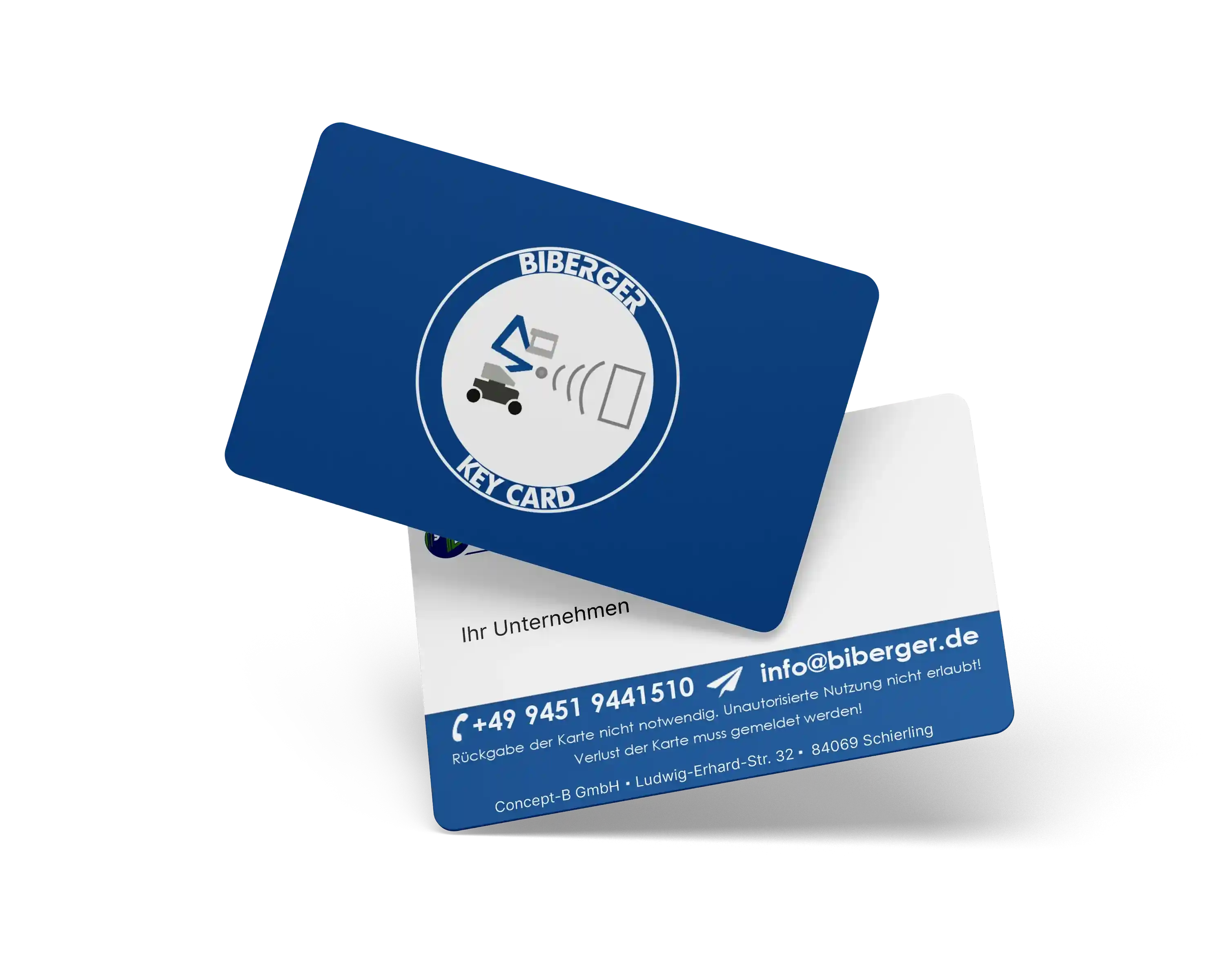In every company, they are indispensable companions in daily work: tools and machines. But their provision is only part of the whole. Behind the apparently simple handling of these work tools lies a world full of responsibility and legal obligations that every entrepreneur has to fulfill. The core of these obligations? Providing employees with clear and well-founded information about possible dangers when using the work tools. In this context, two terms keep cropping up that sound similar but have different meanings: instruction and training .
But what do these terms mean? Why is their correct application in connection with the Industrial Safety Ordinance and other relevant laws and regulations so important? The answers to these questions are more than just legal formalities. They are the key to safe and trouble-free operation.
In this article we demystify the terms instruction and training, show their differences and explain their meaning in the context of legal obligations and practical application.
Legal basis: The framework for instruction and training
The legal basis creates the framework for the role of training and instruction in everyday company life. In German law, in particular in the Industrial Safety Ordinance, the obligation to inform employees about the handling and possible dangers of work equipment is clearly defined. The legislator uses the term "instruction" or "appropriate instruction" as a central element of this obligation to provide information. This is not just about providing information, but about raising employees' awareness and enabling them to use the work equipment provided safely.
The term "instruction", on the other hand, is less frequently found in the legal texts. But even if the term is not mentioned explicitly, instruction is an integral part of the practical implementation of instruction. It serves as the initial orientation and introduction to the handling of work equipment and thus lays the foundation for further instruction.
A closer look at the legal requirements makes it clear that both instruction and training are essential to meet safety and competency standards in the company. The legal framework therefore serves as a guide for the effective and legally compliant implementation of safety measures in the company and ensures that employees have the necessary knowledge and skills to carry out their activities safely and efficiently.
Instruction: Its Meaning and Function
Training is a central aspect of the company's safety culture and a legal obligation for every employer. It serves to provide employees with the knowledge and awareness of how to safely use the work equipment provided. This is not just about correct operation, but also about informing them about possible dangers associated with the use of the work equipment.
Legal anchoring of instruction
The obligation to provide training is laid down in the Industrial Safety Ordinance and other relevant laws and regulations. The term "training" or "appropriate training" is used here to underline the need for training. An exception is the regulation in the UVV Industrial Trucks (BGV D27), which requires training for the independent operation of industrial trucks.
Who is responsible for the instruction?
The responsibility for training lies with the employer who assigns his employees to specific tasks. This regulation makes sense in practice, as only the employer can correctly assess the specific risks of an assignment. It also emphasizes the appropriateness of the training, which should be based on the possible hazards.
How often does training need to be given?
The exact form and frequency of the training is at the discretion of the employer, and the measures must be documented. In the accident prevention regulation BGV A1, the professional association requires employees to be trained at least once a year in order to ensure continuous awareness of safety in the workplace.
Training is therefore an essential instrument for promoting safety and competence in handling work equipment and represents a central duty of care of the employer towards his employees.
The briefing: its meaning and function
In practice, instruction is an important initial step, especially when it comes to taking over machines. It should not be confused with the legally required "instruction", because the term "instruction" is not explicitly anchored in any legal regulation. Nevertheless, in the context of machine rental, it has been shown that instruction is of great importance in the handover process to the customer.
explanation of the functions
The instruction is intended to inform the customer about the functions of the machine they have taken over. Even if the customer has basic knowledge, it is not a given that they will be able to operate every machine. The instruction gives the customer an introduction to the specific functions and special features of the respective machine, which creates an initial level of safety.
Practical demonstration and functional test
During the instruction, all functions of the machine are demonstrated, which not only helps the customer to understand the machine, but also allows a practical test of the machine's functionality. The customer can use the demonstrated functions to convince themselves that the machine is working properly.
Instruction does NOT replace instruction
ATTENTION, the instruction does NOT replace the instruction provided by the employer. The instruction focuses on the operation of the machine, while the training covers a broader spectrum, including safety guidelines and responsibilities at the job site. The law assigns responsibility for operating the machine at the job site to the employer, and the instruction serves as initial orientation.
Immediate and actual operators
It is often found that the people who receive the machines and are instructed are not necessarily the ones who will operate the machines on site. Therefore, induction highlights the need for comprehensive training by the employer to ensure that all operators have the necessary knowledge and understanding.
The instruction is therefore a practical and useful measure in the context of machine rental, which offers advantages to both the lessor and the customer and contributes to general safety, but does not replace the instruction provided by the employer.
Where can employees be trained?
The safety and competence of your employees is crucial for smooth operations and compliance with legal regulations. A key measure here is training. But where can you get your staff professional training? Below you will find an overview of the different options for training your employees on different topics.
internal company training
Some larger companies conduct training internally. In most cases, experienced employees or managers with the appropriate qualifications and knowledge are assigned to carry out the training.
External training providers
External training providers, such as SYSTEM LIFT partners, offer instruction and training on various topics through the SYSTEM-CARD training program. This option is useful if the company does not have the necessary resources or knowledge. External providers often also bring a fresh perspective and up-to-date knowledge.
online instructions
In times of digitalization, some providers also offer e-learning courses. These are flexible and can often be carried out regardless of time and location. They are particularly suitable for theoretical content and can be used to test the knowledge learned through tests and quizzes.
professional associations and chambers of commerce
Professional associations and chambers of commerce often also offer instruction and training courses. These are usually very practice-oriented and also cover legal and regulatory aspects.
manufacturer and supplier training
When it comes to specific machines or equipment, manufacturers or suppliers often offer training courses. These are particularly practical and address the specific properties and operation of the respective devices.
Conclusion: Instruction and instruction are easy to distinguish
Proper training and instruction of your employees is an essential step to both meet legal requirements and ensure safety and efficiency in the workplace. While training covers a wide range of safety policies and work procedures, induction focuses on the specific handling of machinery and equipment during handover.
BIBERGER is your reliable partner when it comes to training for work platforms, industrial trucks and instructions for crane operators. With our expertise, we support you in training your employees professionally and ensuring safe and legally compliant operations.
















Share:
The 10 most common mistakes when using aerial work platforms
From railings to emergency stops: safety devices on work platforms